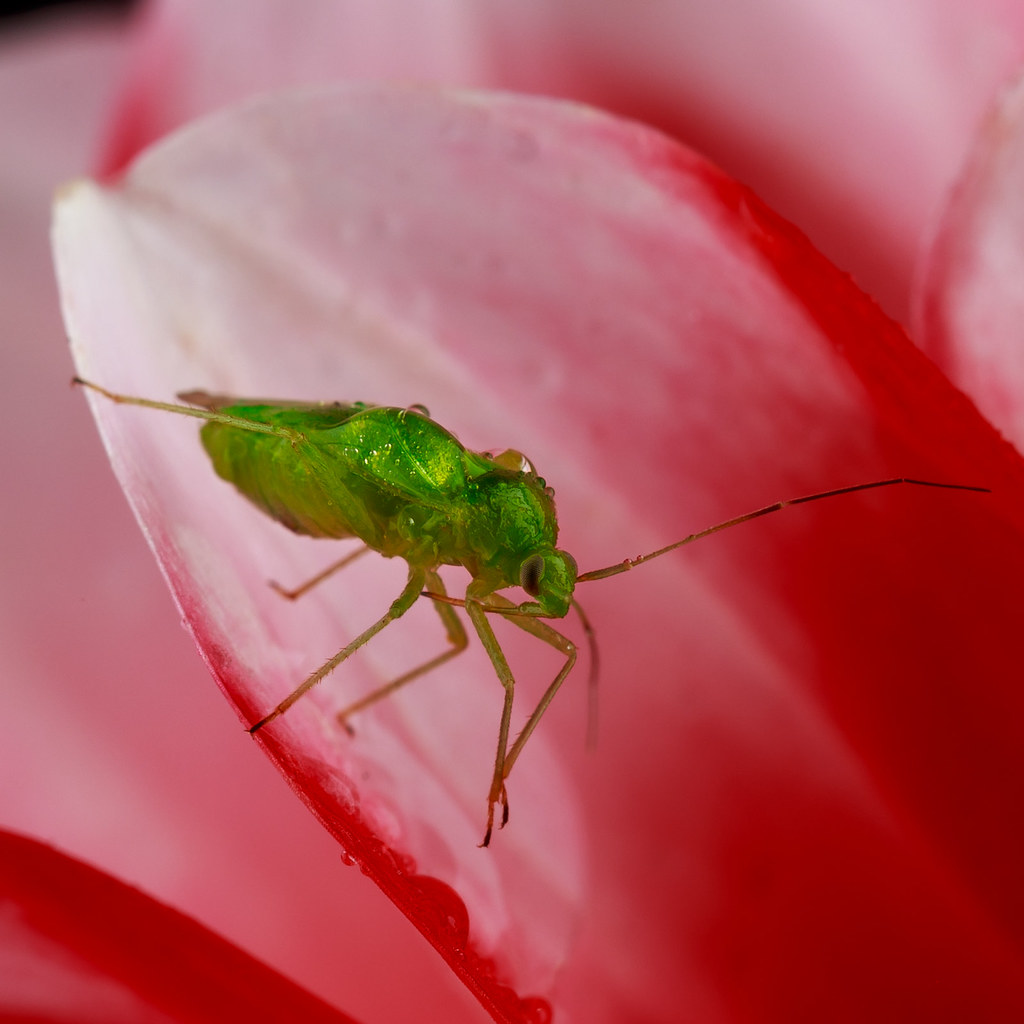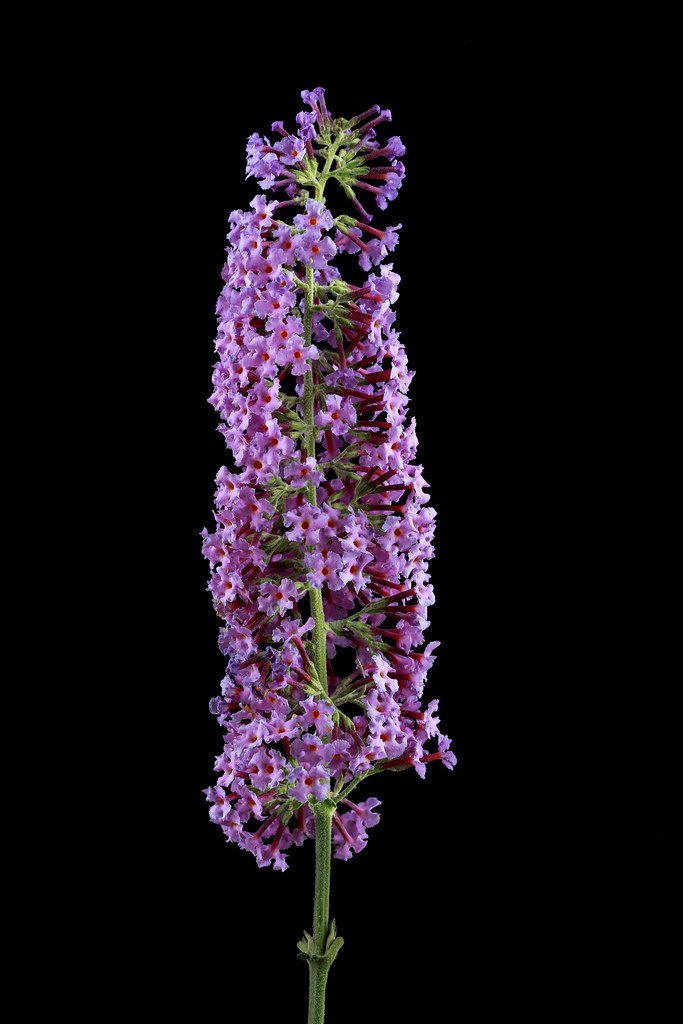Yes, white on white is always a challenge for all of us, but it's easy enough to get that "Almost spacey/faded" look but with the detail that's missing here..
Your problem is made a bit more difficult by the limitations of your lighting, but it's still do-able.
I would paint the ceiling black (temporarily, to find out whether I'm right or not, you could put a bit of black cloth ['or Blackwrap/Cinefoil] up there)
Then, fit a softbox to one of your lights. Unfortunately, one of the 'qualities) of the Portaflash is that they don't have an accessory mount but there are some so-called universal mount softboxes available, not perfect but perfectly usable. You will need to measure the front of your flash, but I think this one will fit
http://www.ebay.co.uk/itm/50x70cm-S...984645?hash=item2a36617b45:g:rQ8AAOSwKIpWAW~s and is about the right size for this subject.
Mount it above and behind your subject, so that it lights the background, the top and part of the front. This will leave a gentle shadow at the front, similar to the one that you already have. The position is shown and explained in this article
https://www.lencarta.com/studio-lighting-blog/controlling-specular-reflections/#.VjzW6ysl-hE but in that article, the softbox is placed so close to the subject that it's almost touching, in order to get the diffused specular highlights needed for that particular subject.
In your case, it would need to be quite a bit higher, I can't tell you how much, but start at say 3' and experiment from there. Also, experiment with the angle. Getting it a good distance away will produce a harder light, which is less boring, and it will also reduce the amount of light. Another of the problems that you have with your lights is the lack of power adjustment, so moving it further away will help with this too. If it's still too bright, get a neutral density gel, say 0.3 (1 stop) and put it in front of the light to halve the power
http://www.ebay.co.uk/itm/0-3-ND-NE...137619?hash=item256c434413:g:Tn8AAOxycD9TVYcI
In my far from humble view, the single biggest problem is the totally flat lighting and the lack of definition in the shoes, I can see that they're made of wool but the flat lighting has destroyed that look, and you need to introduce a second light, from an acute angle, that will skim across the surface.
With more professional lights, I would fit a standard reflector to the flash, and fit a 10 degree honeycomb to it, but as far as I know there isn't anything available for the Portaflash.
I may be wrong, but I don't think that this flashgun snoot with honeycomb will fit your flash, but at least it will show you what's needed
https://www.lencarta.com/flashgun-snoot-with-honeycomb-grid and you should be able to make something similar out of a piece of blackwrap/Cinefoil or even black paper.
The acute angle will be from one side or the other, not from the top, and will need to be positioned with care, but it will work wonders! I don't like to give specific advice when I haven't got the subject in front of me, but logic says that this snooted light should come from both the right and the left of the subject, because one light can't do the job on both ends, which means that you need to fit a snoot to two lights - but have a go with one, which will show you whether I'm right or not. Get these lights as far away as space allows, this makes the light harder, creates harder shadows (and therefore greater definition) but with your lights you may not have enough power to place them as far away as you might wish - and it's this extra power, needed for the snooted light, which made me suggest getting a neutral density gel for the softbox light.
At this point, I would say "job done" but it's possible that you might want to add another light as fill, at very low power, but it's equally possible that this extra light would go some way towards destroying the improvements.
Just try it, and please post your results





 Aphid on Dahlia
Aphid on Dahlia Buddleia
Buddleia







